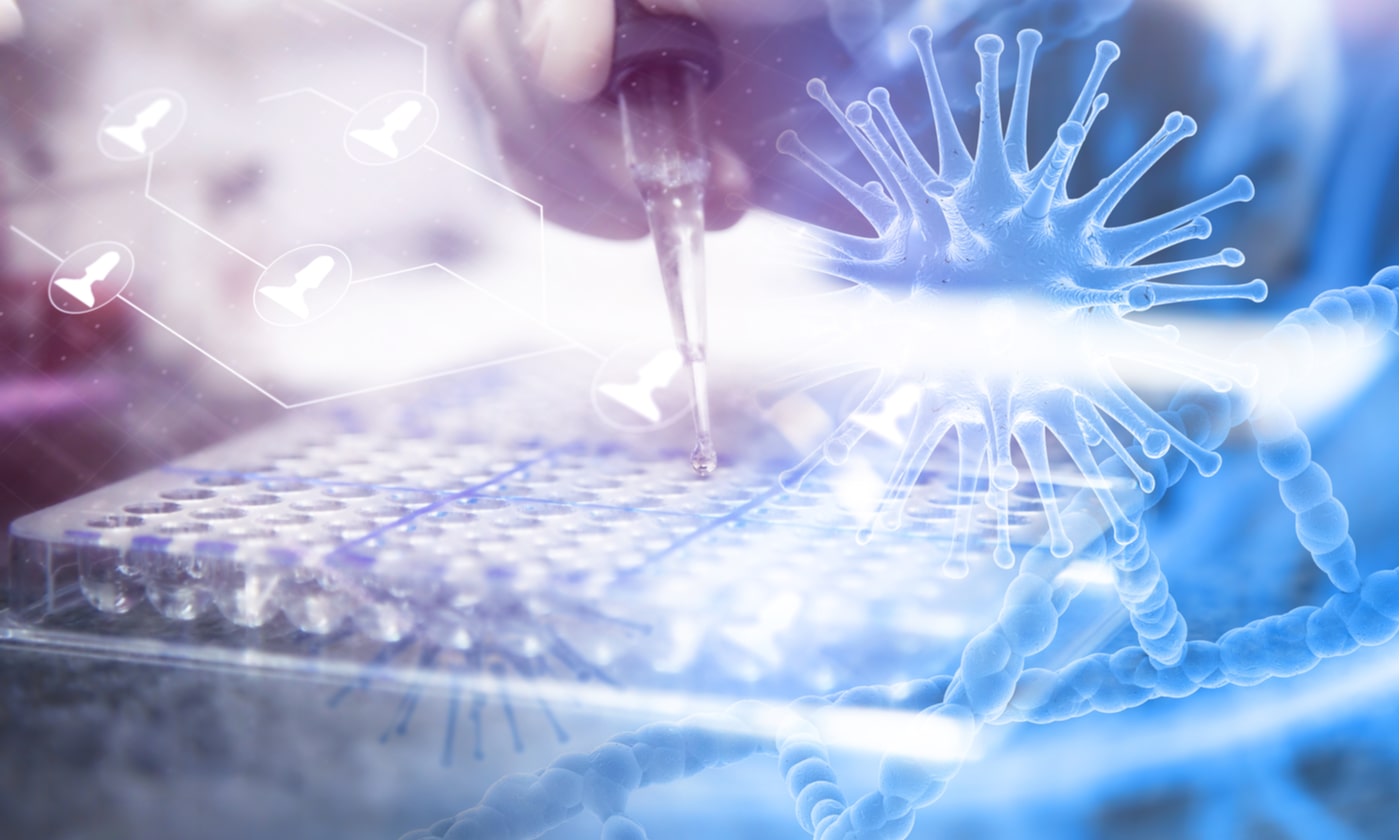What is HIV?
Human immunodeficiency virus (HIV) is a sexually transmitted disease (STD), which occurs by contact or transfer of blood, semen, pre-ejaculate, and vaginal fluids. HIV can also be transmitted from an infected mother to her infant during pregnancy, childbirth, or through breast milk. HIV targets the cells of the immune system and in the absence of effective treatment, it can develop into acquired immunodeficiency syndrome (AIDS) (1).
What causes HIV?
HIV is caused by infection with one of two types of HIV. HIV-1 is the most common and most contagious. HIV-2 is less infectious and is predominantly confined to infections in West Africa.
What are the symptoms of HIV?
Many people infected with HIV are unaware of the infection in the early stage (acute, stage 1), as they may not experience any symptoms or only mild symptoms (e.g. headache and sore throat) that can be easily confused with other illnesses (2). Other people experience more serious symptoms, including:
- High fever
- Swollen lymph nodes
- Skin rashes
- Diarrhea
- Mouth ulcers
- Muscle aches
- Sore throat with persistent coughing
- Chills
- Night sweats
The second stage is called chronic HIV infection or clinical latency and generally doesn’t cause any symptoms.
AIDS is the third stage of an HIV infection when the virus has destroyed so many of the host’s immune system cells (2). The symptoms can include:
- Rapid weight loss
- Extreme fatigue
- Pneumonia
- Skin discoloration
- Memory loss
- Depression
- Increased susceptibility to other infections such as tuberculosis, severe bacterial infections, and certain cancers
Who is at risk of HIV?
Populations that have an increased risk of HIV include men who have sex with men, injecting drug users, individuals in correctional facilities, sex workers (and their clients), and transgender individuals (3).
How is HIV diagnosed?
HIV infections are usually diagnosed by the detection of HIV antigens and antibodies in a blood sample. It is important to note that there is a window period of 45-90 days, during which HIV diagnostic tests may produce a negative result, although infected individuals can still transmit the virus to others. Follow-up testing is recommended for any individuals with a negative result who may have been exposed to HIV (3).
How is HIV treated?
Although there is no cure for HIV, effective antiretroviral therapy (ART) ensures that infected individuals can live relatively normal lives and prevents the transmission of HIV. Individuals at risk for HIV can also take HIV medication called pre-exposure prophylaxis (PrEP), which is highly effective for preventing HIV (3).
References:
1. Weiss RA. (1993) How does HIV cause AIDS? Science, 260 (5112), 1273-1279.
2. Symptoms of HIV. Clinical Info HIV.gov. July 2020.
3. HIV/AIDS. World Health Organization.



